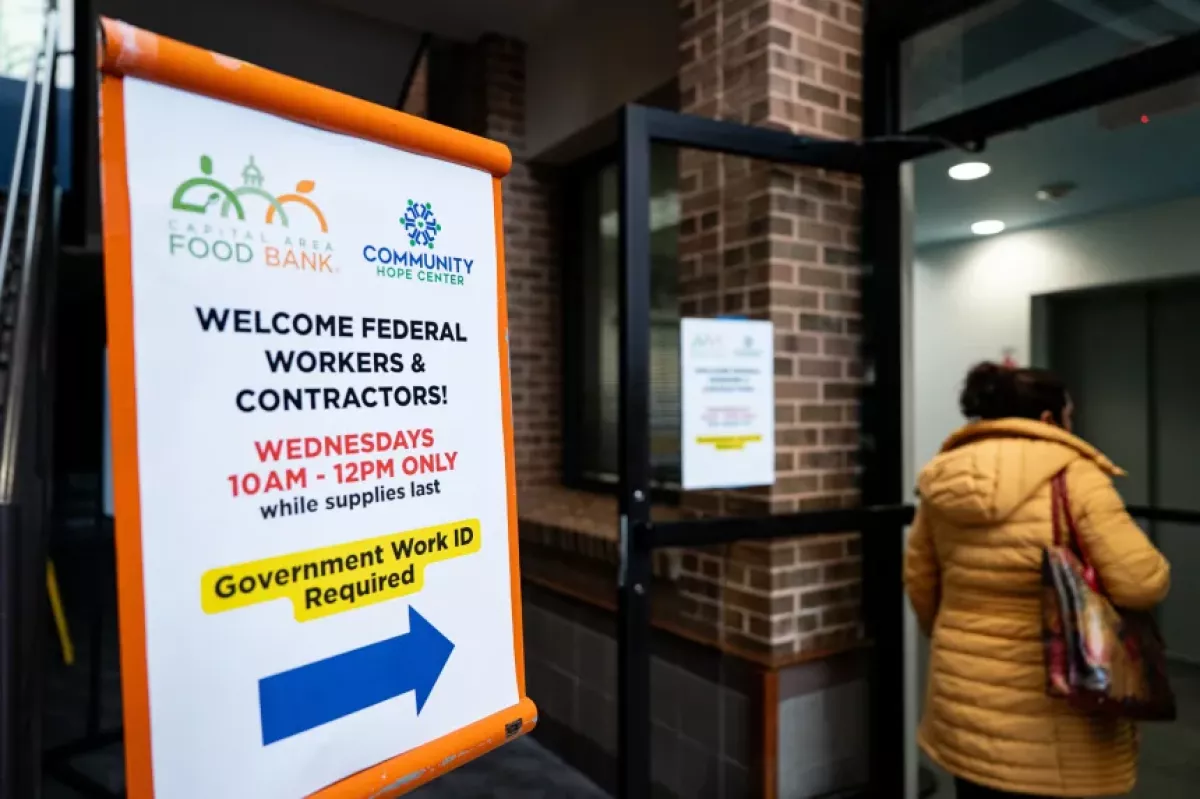Is US federal government still closed?
The ongoing US federal government shutdown has stretched through the entire month, putting it on track to become the longest in history. While past shutdowns have typically seen the economy recover within a few months, economists warn that the longer this one lasts, the higher the risk that the economy could begin to fracture — potentially disrupting millions of lives.
According to new estimates released Wednesday by the Congressional Budget Office, the shutdown, in its 32nd day now, has already permanently drained at least $7 billion from the nation’s economic output, CNN reports.
“The negative effects start to build on themselves very rapidly and the collateral damage becomes more widespread,” said Diane Swonk, chief economist at KPMG. The shutdown’s impact is rippling through nearly every corner of American life.
Labour market
The job market, which was already not in good shape heading into the shutdown, has been further battered. Employers are scaling back investments amid heightened economic and policy uncertainty, leading to smaller job gains — and deeper losses. With federal employees and contractors missing pay checks, consumer spending has slowed sharply, which could push private-sector employers to cut jobs or even close their doors.
A recent US Chamber of Commerce report, cited by the publication, estimated that 65,500 small business contractors now have billions of dollars in payments at risk — including $12 billion just for the current month.
Rate cuts and improved clarity around tariffs and trade were expected to boost hiring into 2026, noted Nicole Bachaud, a labour economist at ZipRecruiter.
“However, tariffs are projected to dampen consumer spending before year’s end, and a prolonged shutdown could further erode consumer confidence,” she wrote earlier this month. “This would delay hiring plans that might otherwise materialize, keeping the labour market stuck in place.”

Other analysts warned that the longer the government remains closed, the more the damage compounds.
“And this isn’t economic activity that is just deferred or delayed, you’re now creating a condition of economic activity that just simply doesn’t happen,” one economist said.
That means “the job that doesn’t get filled, the trip that doesn’t get taken and the holiday spending that doesn’t occur.”
Low spending
Consumer spending, which makes up roughly two-thirds of US economic activity, has remained resilient despite high inflation and uncertainty. However, experts note that this strength reflects an increasingly uneven, or “K-shaped,” economy — with affluent Americans driving spending while lower- and middle-income households face mounting pressure.
Should the shutdown continue into Thanksgiving — one of the country’s key holidays — economists warn it could inflict lasting harm. The day after Thanksgiving, Black Friday, marks the start of the crucial holiday shopping season, when retailers rely heavily on confident and cash-ready consumers.

Healthcare services
Beyond the economic fallout, the shutdown is also creating deep disruptions in healthcare. At the center of the budget impasse is the expiration of enhanced premium subsidies for Affordable Care Act coverage.
Democrats are insisting that a short-term funding bill must extend these subsidies, while Republicans say they will not negotiate until the government reopens.
Open enrolment begins November 1, and more than 22 million Americans who rely on the federal health insurance marketplace could see their monthly premiums surge by an average of 26%, further creating financial strains and reducing the overall economic activity.
By Nazrin Sadigova








